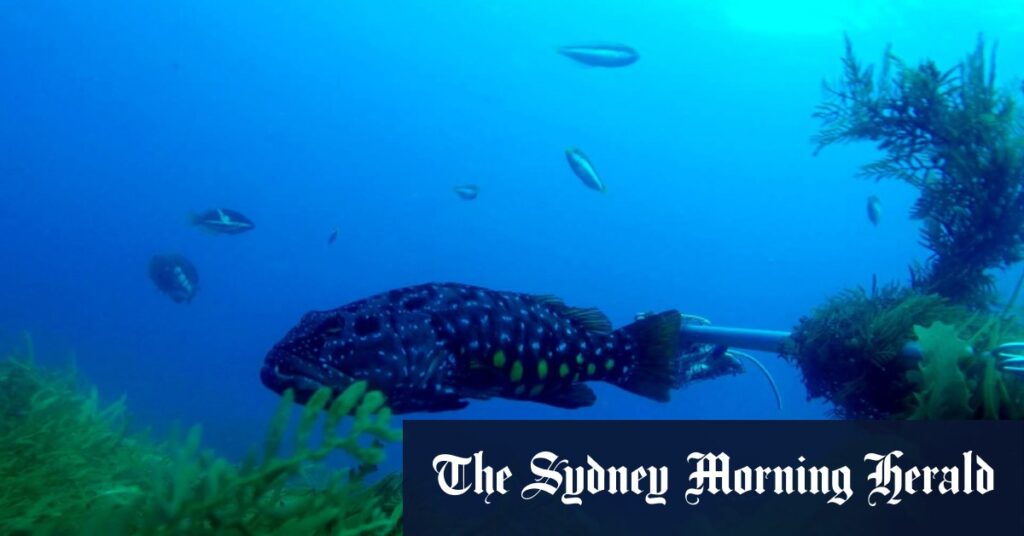“That’s resulted in a final zoning scheme that strikes the right balance between general-use, recreation, and sanctuary zones,” he said.
“I have always said I want to see a world-class marine park along WA’s south coast that rivals Ningaloo or the Great Barrier Reef.
“I’m glad to say that’s exactly what we will see happen.”
University of Western Australia Marine Futures Lab director Professor Jessica Meeuwig said while the government was to be commended for doing something in this space – and it was fantastic to see a marine park on WA’s south coast, which was in some aspects well done – significant problems remained which prevented the park from rivalling the Great Barrier Reef or Ningaloo.
Meeuwig, who has previously joined 33 other eminent scientists with eight centuries of experience between them to lobby for a stronger marine park plan, said protection had been reduced to 20 per cent of the park from earlier versions, so had actually gone backwards.
She said scientists had recommended at least 30 per cent protection and that all habitat types be protected, including near-shore, midshore, offshore, seagrass and reef habitats.
While some areas had been reasonably well protected, others were not, especially the Recherche section close to Esperance, despite the areas closest to human beings being most vulnerable, Meeuwig said.
This meant Esperance would not have an “engine room for sustainable fisheries”, as envisioned.
“Instead of having more of these [sanctuaries] we have fewer,” she said.
“The government has gutted them and instead has put most of its efforts for protection in the areas furthest away. That protection is good, those areas need it too, but those areas close to Esperance that need it now, have not received that protection.
Loading
“And when did your sex ed teacher ever tell you partial protection would work?”
Meeuwig said sanctuary zones reaching shore had been seen as important to connect protected habitats.
“Ningaloo is 33 per cent protected, and that protection is up to the shore,” she said.
“The Great Barrier Reef is an outstanding example of protecting representative habitats with 32 per cent protection and excellent connectivity.
“In its desire to balance a range of voices, the government has lost track of the science and this means that the envisioned conservation outcomes will be less than if they had taken a more scientific approach.
“We need a marine park and there are some good things that have happened. But it is not the world-class park they are suggesting.”
Get to the heart of what’s happening with climate change and the environment. Sign up for our fortnightly Environment newsletter.
Read the full article here

